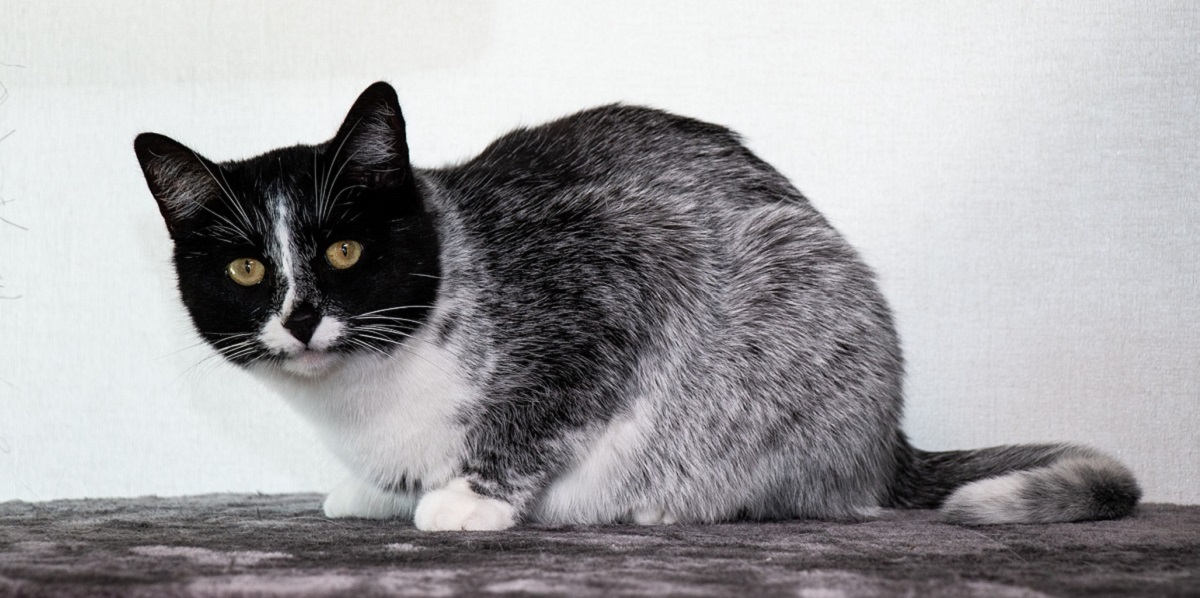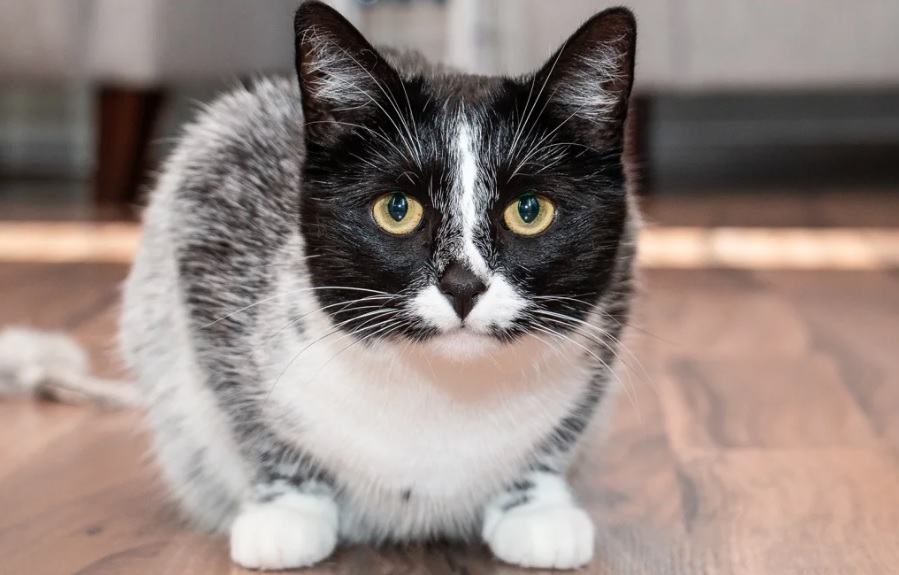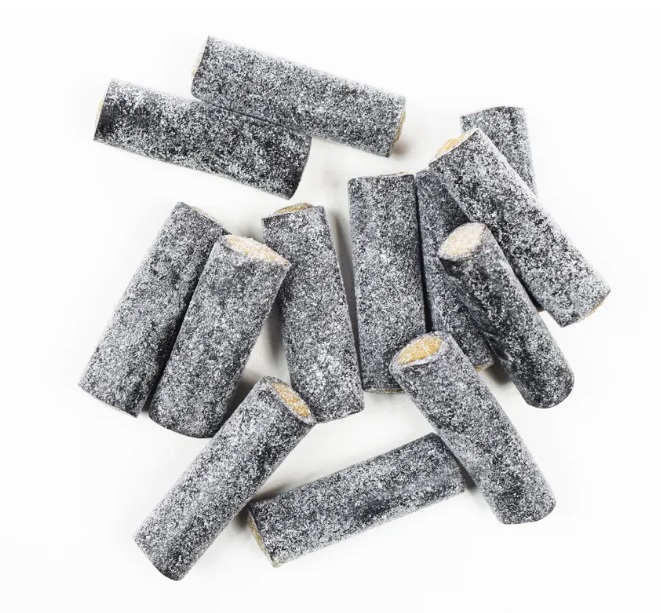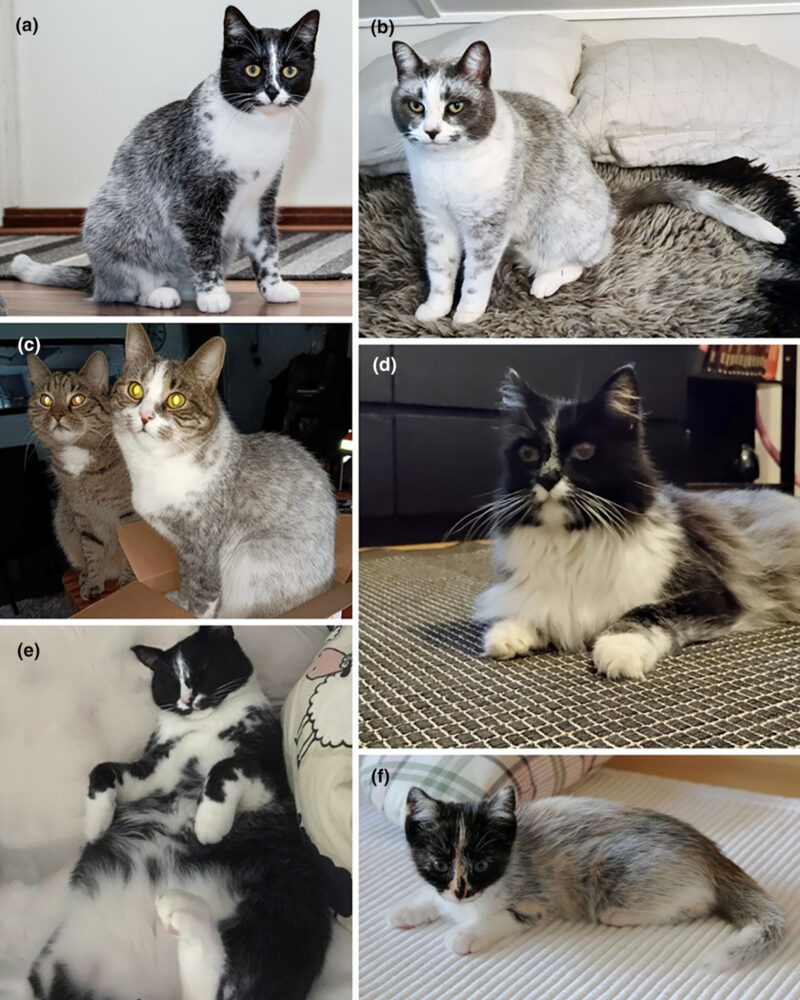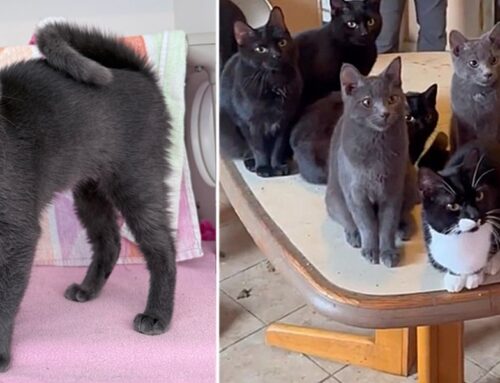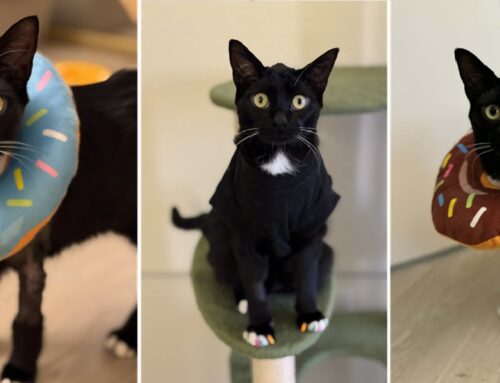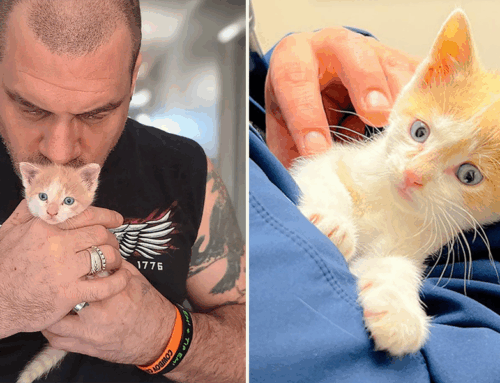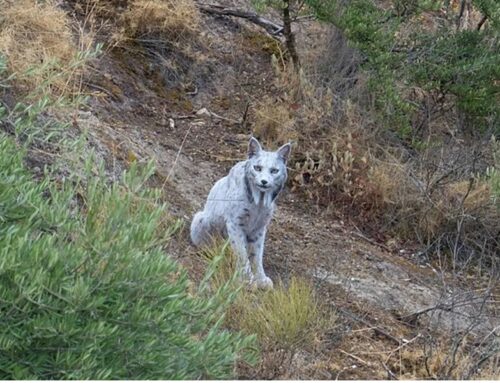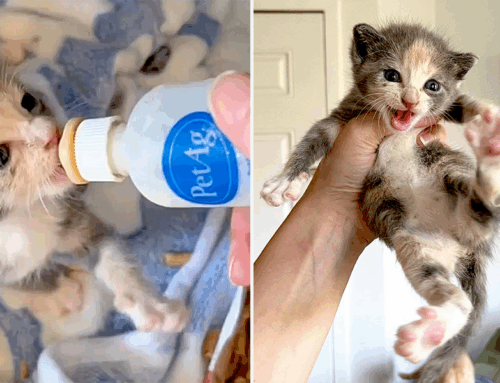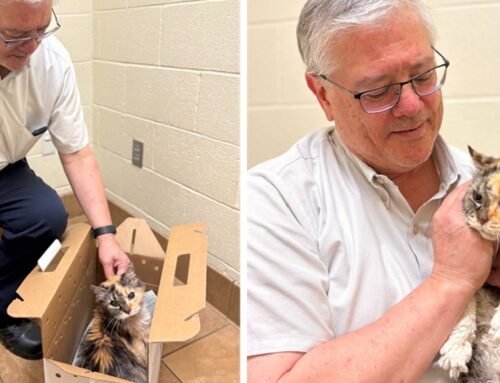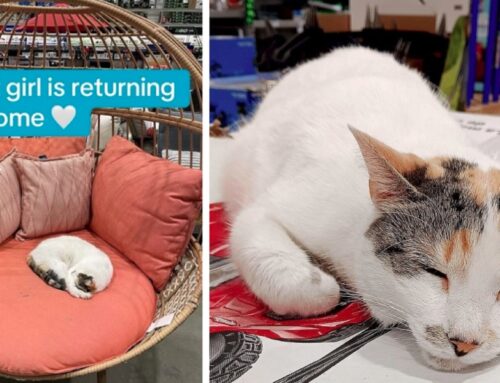Nature has again provided us with a beautiful variation of cat coat colors. Proving that breeders who focus simply on unique looking cats are truly an unnecessary evil. Because there are millions of cats roaming the streets in every country in the world. And in Finland, locals noticed a strange phenomenon among some of the feral cat colonies. It was the coat color that caught their attention; something new they had never seen anywhere else! The coat pattern on these rare felines would later be referred to as “salty licorice”, due to their similarity to a popular local candy.
Salty Licorice Cats
According to Readers Digest;
“Cats have a combination of about three colors, which include red, white and black,” notes Grant Little, DVM, a vet expert for JustAnswer.com. “All the various combinations you see of the other colors have to do with dilutions to these colors in the gene code, as well as ways that they have been bred over time to preserve those genetic variations.”
But back in 2007, in the village of Petäjävesi, Finland, a uniquely gorgeous cat was spotted. And geneticists at the University of Helsinki were not about to ignore this new mystery! Published in May of 2024, Heidi Anderson, Milla Salonen and Hannes Lohi dove head first into the DNA of the feline with some very interesting findings.
Cats with a distinctive white hair pattern of unknown molecular cause have been discovered in the Finnish domestic cat population. Based on the unique appearance of these cats, we have named this phenotype salmiak (“salty licorice”).
CNN reported that “the project was a collaboration between the university, which houses a biobank of 5,000 blood samples from more than 40 feline breeds, a pet care company that makes genetic tests, and cat owners and breeders who offered their companions’ DNA for research.”
The Characteristics of the New Coat Color
No, this isn’t a new BREED of cat, just a newly recognized coat color pattern. And just like tortoiseshell cats or ginger “marmalade” cats are not breeds; they are coat colors. Also, if you’ve ever fostered stray kittens, you may be aware of other coat colors that are seen in kittens but change as they age. We’ve all seen Siamese cats with their coloring darkening over time. There is also a “fever coat” that is mostly seen on black cats that are born from a stressed mama. But with them, the white on their fur fades as they become healthy and age.
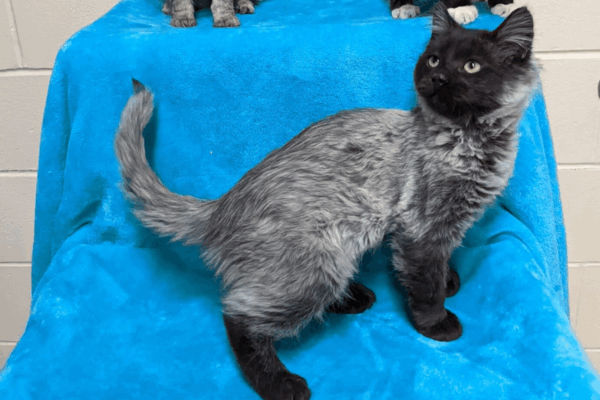
Kitten named Verdell with Fever Coat
For the salty licorice cats, they have found common traits across the few they were able to test.
In total we received DNA samples from five salmiak-colored cats. DNA samples from four of the five salmiak-colored cats, two males and two females, were genotyped for known coat color variants.
The color patterning phenotype resembles a normal “tuxedo” pattern of ventral white but with additional color gradation within hairs showing full coloration at the base and no color (white) at the tips throughout the dorsal regions.
The end of the cat’s tail is white or nearly white. All known cats have yellow and green eyes, which are also the most common eye colors in domestic cats.
This salmiak patterning of white hairs is most noticeable in solid black cats, but it can occur with different color backgrounds, including, for example, brown tabby, tortoiseshell and dilution (blue) and in both male and female cats (Figure 1).
The unique coloring is present at birth and seems to stay highly similar throughout life. Previously, salmiak-colored cats were considered possibly infertile solely owing to the maintained low prevalence of this coat color in the cat population, but a recent observation of a salmiak-colored cat giving birth to four kittens refuted this belief.
Supplementary Figure S2. Salmiak color patterning in ontogeny. The same salmiak cat at A) Around 1-2 weeks, B) 3 weeks, C) around 2 months, D) around 4 months, and E) as an adult.
Staying a Local “DeliCATcy”
Unfortunately for the rest of the world, at this time it seems these felines are only found in Finland…officially anyways. So I know I’m going to be keeping my eyes open whenever I come across a feral or stray cat colony!
But one thing is ‘fur’ sure; this is the type of announcement that starts breeders salivating. And sadly, it’s the millions of cats in shelters and foster homes waiting for forever families that suffer. Because no matter what our fur-babies look like, it’s the love that they give that is most important. It’s the love that we can give the homeless cats that will truly change the world. You never know what gorgeous and ameowzing cats you’ll find in your local animal rescue! But you can be sure that each and every one deserves the love and attention these salty licorice cats are receiving. 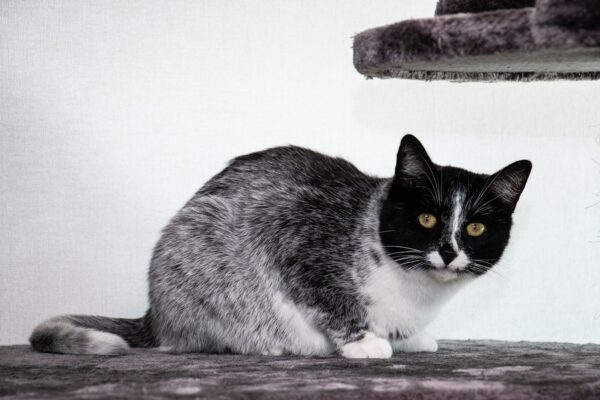
Featured Image credit: Ari Kankainen


